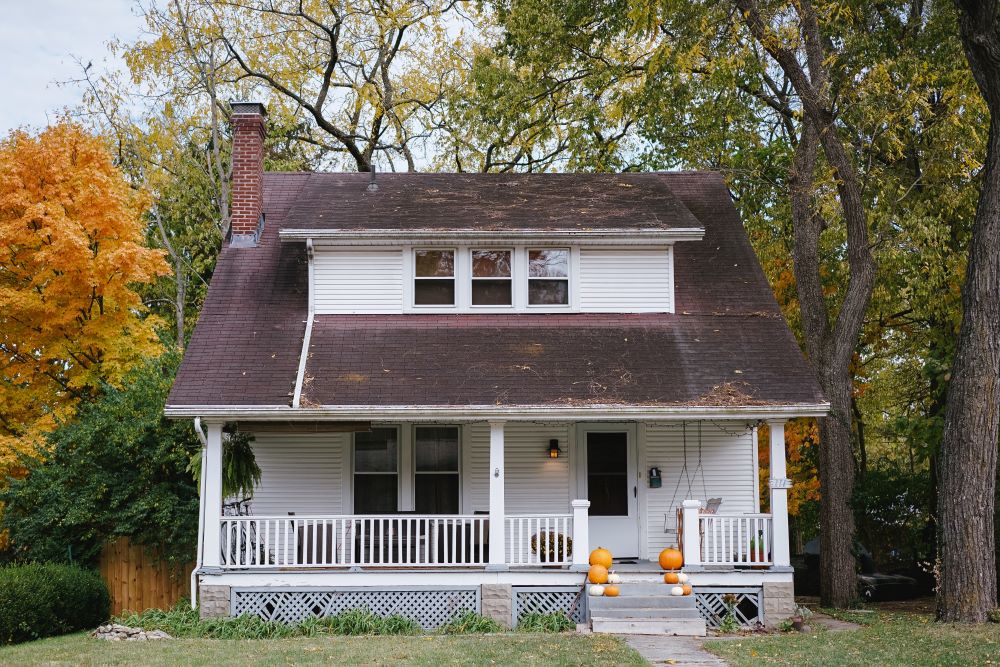Looking for a way to cut heating and cooling expenses? Hire an air duct specialist to conduct an energy audit on your home. By decreasing the volume of air that leaks in and out of your attic, you can significantly cut your energy costs.
Attic Projects air duct specialists are trained to find air leaks in your home. Using special equipment, they can detect where the air is coming in or leaving your home. In searching for air leaks, technicians may also find sources of mold and moisture.
10 Tips to Seal Your Home
- Ensure that all doors and windows are weather-stripped and caulked. Remove any old or damaged weather stripping and replace. Doors and windows are where a lot of air loss can occur.
- Check for air leaks around plumbing and ductwork. If you can feel air coming in from those areas, caulk and seal around them.
- Do you have larger gaps around windows or doors? Use a foam sealant to fill in these larger gaps. Foam sealant can make these gaps airtight.
- Do you have a fireplace? Cold air can come in easily down the flue and into your home. When you are not using your fireplace, close the damper tightly to prevent cold or hot air from entering your home.
- Look for mold in your attic. Often when there is an air leak, there will also be moisture that can lead to mold. If you do find mold, you should contact an air duct specialist to assist in removal and remediation.
- If your home has recessed lights, consider extra insulation around those lights. Many recessed lights have vents that open into the attic – air can escape your home and go right into the attic if the lights are not properly insulated.
- Weatherstrip your attic access door. Attics can be very cold in the winter and very hot in the summer. If the attic access door is not weather-stripped, heat and cold can flow right into your home. You can also purchase a pre-insulated hatch cover kit.
- Outlets in your home can be another source of heating and cooling inefficiencies. Remove the faceplates and add insulation or spray foam to properly insulate the outlets and light switches.
- Kitchen exhaust fan covers can help prevent air from leaking into your home. Specialty covers are easy to take off when using the exhaust fan and then re-attach when you are done using the fan.
- If you have old or single-pane windows in your home, you can install storm windows or replace them with energy-efficient windows to ensure air is not leaking out.
Call Attic Projects Today!
If you suspect that you have areas in your home where the air is leaking out or coming in, contact an air duct specialist at Attic Projects. They can complete an energy audit on your home and fix the areas where there is energy loss. When you choose Attic Projects, you can be assured your air leaks will be fixed – we guarantee it!




